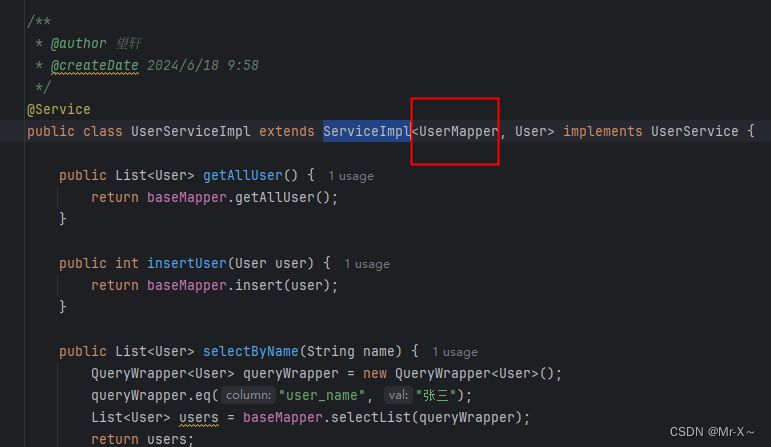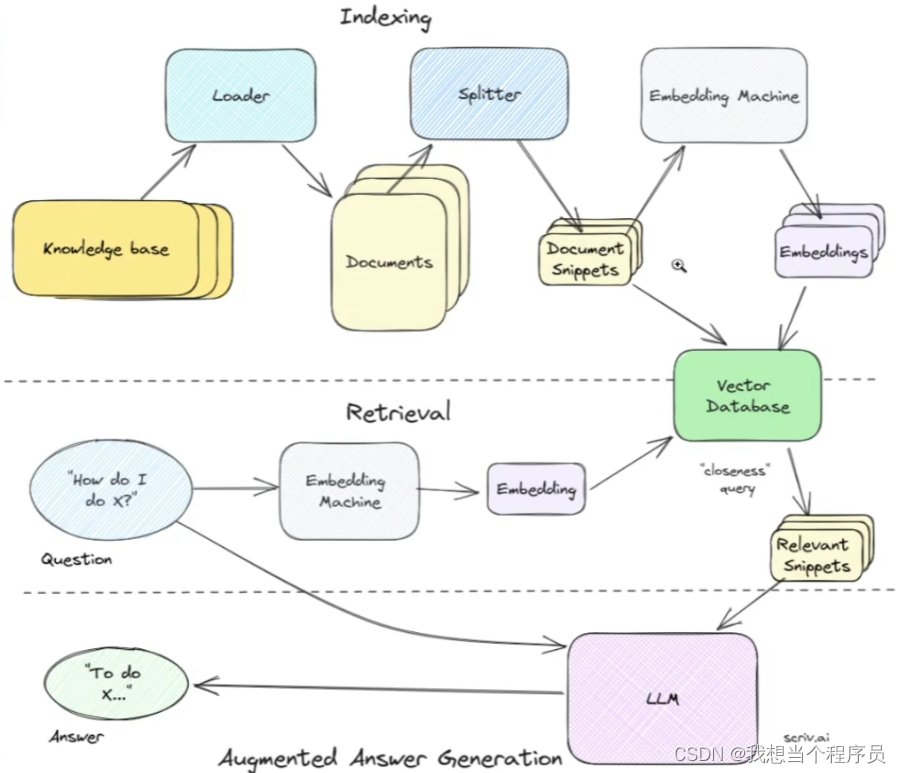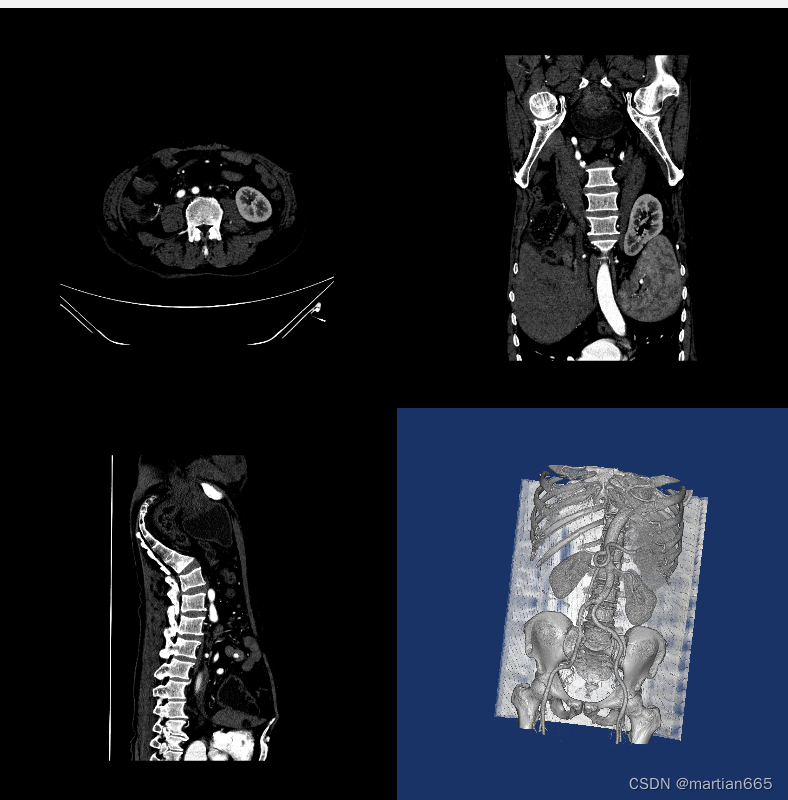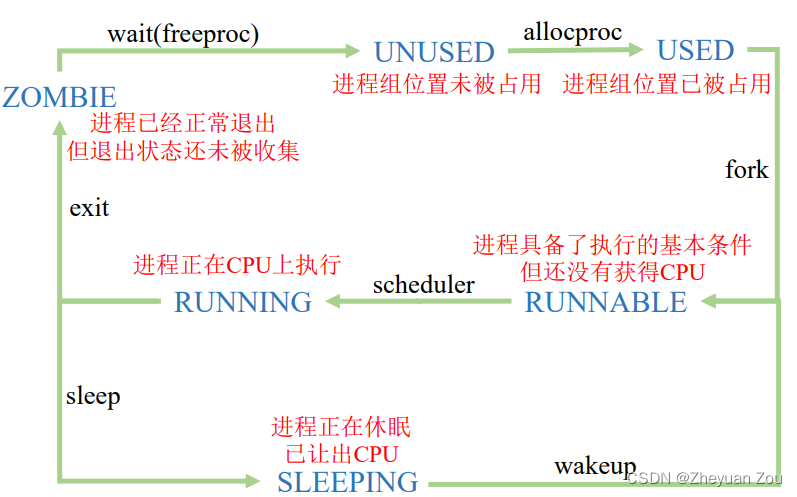随机指纹chromium编译-如何通过传参来固定指纹
由于要所有的类型的指纹都实现固定,工作量太大,这里我只用
plugins指纹作为示例。
一、为什么要固定指纹
- 目标:启动浏览器时,加上参数
--fingerprints="xxxxxxx", 参数变化时,指纹也会跟着变化。打开网页后的后续访问指纹都不会再变化。 - 广泛用于一些电商平台
二、什么是plugins指纹:
- 之前有介绍过
plugins指纹和如何修改:插眼传送
三、重新修改源码
- 打开源码
third_party/blink/renderer/modules/plugins/dom_plugin.cc
1.头部加上(随便加在一个#include后面,之前加过就不用加了)
#include <random>
#include <string>
2.找到下面的代码
String DOMPlugin::description() const {
return plugin_info_->Description();
}
3.替换为
String DOMPlugin::description() const {
//return plugin_info_->Description();
base::CommandLine* base_command_line = base::CommandLine::ForCurrentProcess();
std::string tmp;
if (base_command_line->HasSwitch("fingerprints")) {
tmp = base_command_line->GetSwitchValueASCII("fingerprints");
}else{
tmp = base_command_line->GetSwitchValueASCII("type");
}
// LOG(ERROR) << "tmp:('" << tmp << "') tmp";
String res = plugin_info_->Description();
return res + String(tmp);
}
代码的原理是给每个plugin的description末尾追加上–fingerprints获取的字符串。
4.编译
ninja -C out/Default chrome
四、render进程追加参数
打开资源浏览器就可以发现,chromium默认使用的是多进程
启动浏览器的参数默认又只能传给主进程,所以我们还要改进程创建程序,将参数传给子进程。
- 打开源码:
\content\browser\renderer_host\render_process_host_impl.cc
1.找到下面的代码
command_line->AppendSwitchASCII(switches::kProcessType,
switches::kRendererProcess);
2.替换为
command_line->AppendSwitchASCII(switches::kProcessType,
switches::kRendererProcess);
//追加
const base::CommandLine* base_command_line = base::CommandLine::ForCurrentProcess();
if (base_command_line->HasSwitch("fingerprints")) {
const std::string tmp = base_command_line->GetSwitchValueASCII("fingerprints");
command_line->AppendSwitchASCII("fingerprints", tmp);
}
3.编译
ninja -C out/Default chrome
可以了,后续每次启动chromium时改变
--fingerprints="xxxxxxx"参数值,就会有不同的plugins指纹
五、验证一下
- 将
navigator.plugins复制到F12控制台

- 发现description中成功追加了我们的参数。固定plugins指纹成功。
相信我这里起个头,其他指纹如何固定,你应该跃跃欲试了。

















